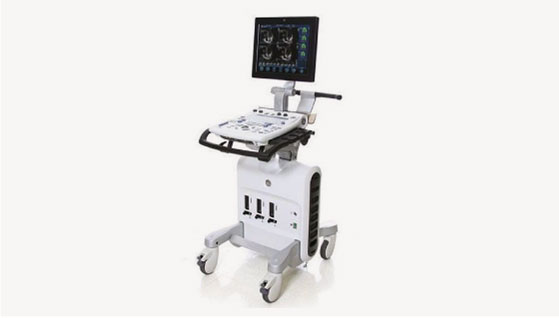Elastography

What is Elastography?
Elastography is a medical imaging technique that is used to evaluate the elasticity or stiffness of tissues in the body. It is based on the principle that different tissues have different levels of stiffness, and this property can be used to distinguish between normal and abnormal tissues.
Types of Elastography
Ultrasound elastography: Ultrasound elastography is commonly used to evaluate the liver, breast, prostate, and thyroid gland, as well as other organs and tissues. It can be used to detect abnormalities such as fibrosis, inflammation, or cancer, and to monitor the effectiveness of treatment.
Magnetic resonance elastography (MRE): This technique uses magnetic resonance imaging (MRI) to create images of tissues while they are subjected to mechanical vibration. The tissue stiffness can then be calculated from the resulting images.
Other terms: liver elastography fibroscan, breast elastography
Elastography is used in:
- Differentiating malignant and benign neoplasm’s (especially breast)
- Identifying early traumatic changes in muscles and tendons
- Aiding in deciding the biopsy site more accurately, reducing negative biopsy rates
- Assessing liver fibrosis
- Assessing liver steatosis (eg non-alcoholic fatty liver disease and steatohepatitis)

